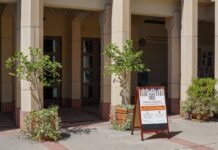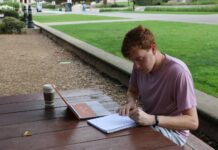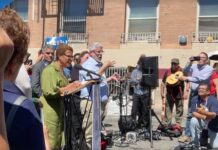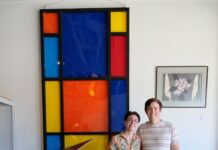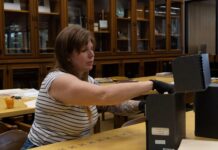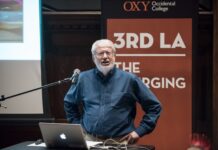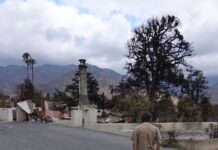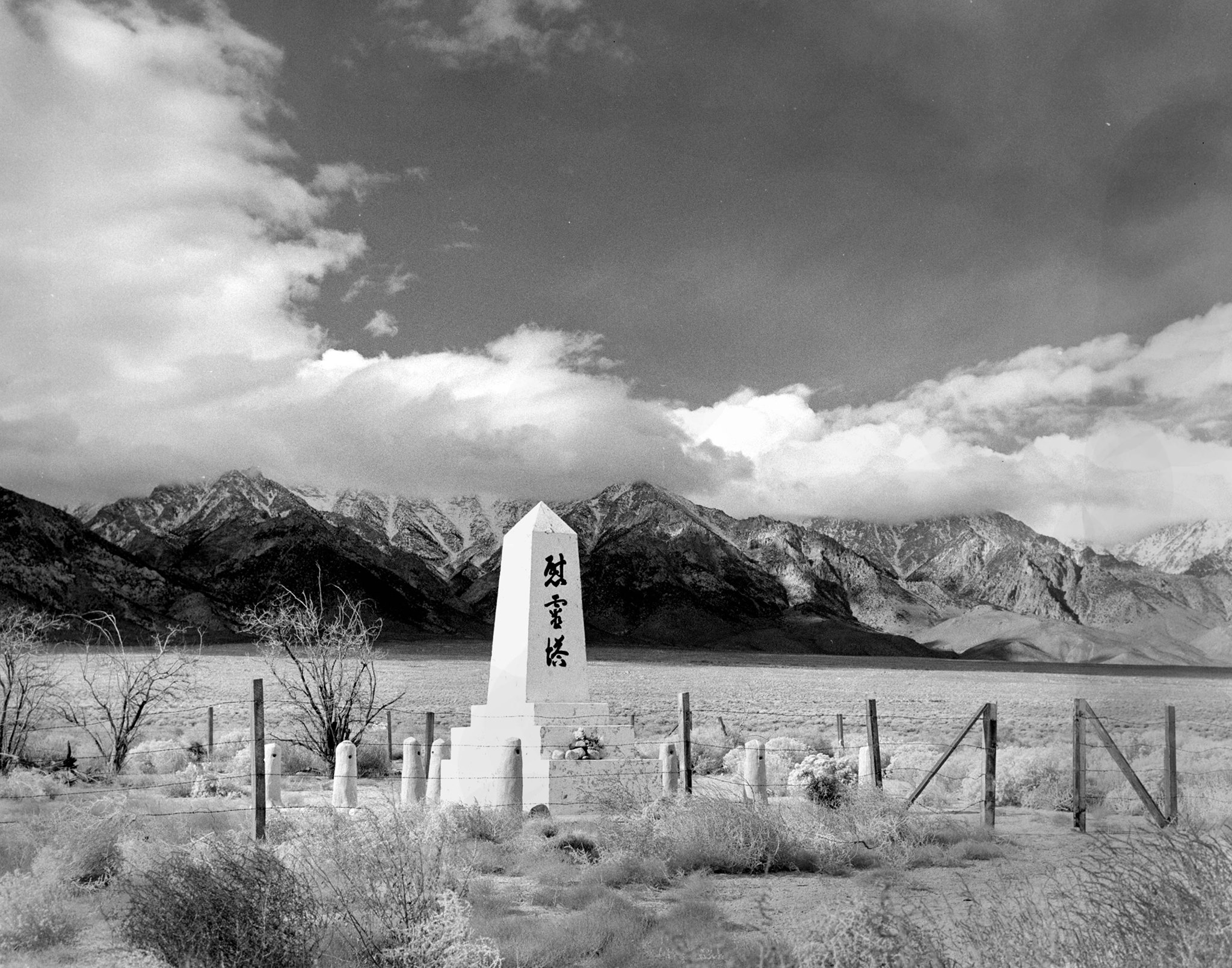The Echo Park Film Center (EPFC), a non-profit organization dedicated to broadening community access to cinema, opened its doors for the fourth screening of the “Race and Space in Los Angeles” series, 7:30 p.m. Thursday, April 20 in Echo Park. Funded by the CalHumanities grant, the series originated in 2014 and consists of various film screenings focusing on the experiences of minority groups in Los Angeles regarding geography, gentrification and assimilation. Race and Space IV explored the experiences of Japanese Americans during and after Japanese incarceration during World War II, an event reminiscent of the 2017 Winter “Never Again” series at Occidental.
The event screened four short films: “The Challenge” (1957), “Manzanar” (1971) and two films by Visual Communications, a non-profit Asian-American film organization. “The Challenge,” produced by University of Southern California students and the Japanese-American Citizens League shared assimilationist sentiments. The movies, showed on 16mm film, intended to portray Japanese incarceration as an experience in which individuals in the community could bond with each other. To Todd Kushigemachi, a PhD candidate at University of California Los Angeles (UCLA) in Film, Television and Digital Media, looking at this perspective is imperative to our current understanding of history.
“I really appreciate the fact that it’s such an early representation of the Japanese American community when that story wasn’t being told … I also think if you contextualize it as part of the Japanese-American communities agenda of the time, it makes more sense” Kushigemachi said.
Operations Director and Youth Film Coordinator at EPFC, Lisa Marr, thinks the purpose of the series is to connect people to LA’s history and to use film as a platform for reflection and empowerment.
“[EPFC] is interested in film as a catalyst for community empowerment, so people can tell and share their stories,” Marr said
“Manzanar” showcased an abandoned site of Japanese incarceration, switching between images of desolate plains and abandoned construction sites. The film played with paradoxical themes of abandonment and freedom, looking from old barbed wire fences to mountain ranges — it was a reflection on internment, rather than a narrative of an interned person. “Manzanar” showed the camp from an Asian-American perspective, rather than a politicized one.
Abraham Ferrer, exhibitions director, and senior film festival programmer, found that sharing stories about Japanese incarceration told by Japanese Americans is crucial not only for the accuracy of the films but also for the sense of agency on behalf of the filmmakers.
“[Visual Communications] was a way for folks to take the recovered history of ethnic studies and see if any of it can be applied to the real world problems and situations that were affecting our communities adversely,” Ferrer said.
The comparison of “Manzanar” and “The Challenge” lends insight to the various ways Japanese internment can be represented.
“If you look at ‘Manzanar’ and compare it to ‘The Challenge,’ you see a growing subversion because we’re of a patronage … ‘The Challenge’ is heavily mediated, probably financially, but also in terms of content,” Ferrer said.
The Race and Space series will have five more showings in August. The Echo Park Film Center will be showcasing the series in a mobile cinema (a renovated school bus) around the Los Angeles area. Until May 4, Visual Communications will be holding a Los Angeles Asian Pacific Film Festival, which included the April 20 screening.
![]()


